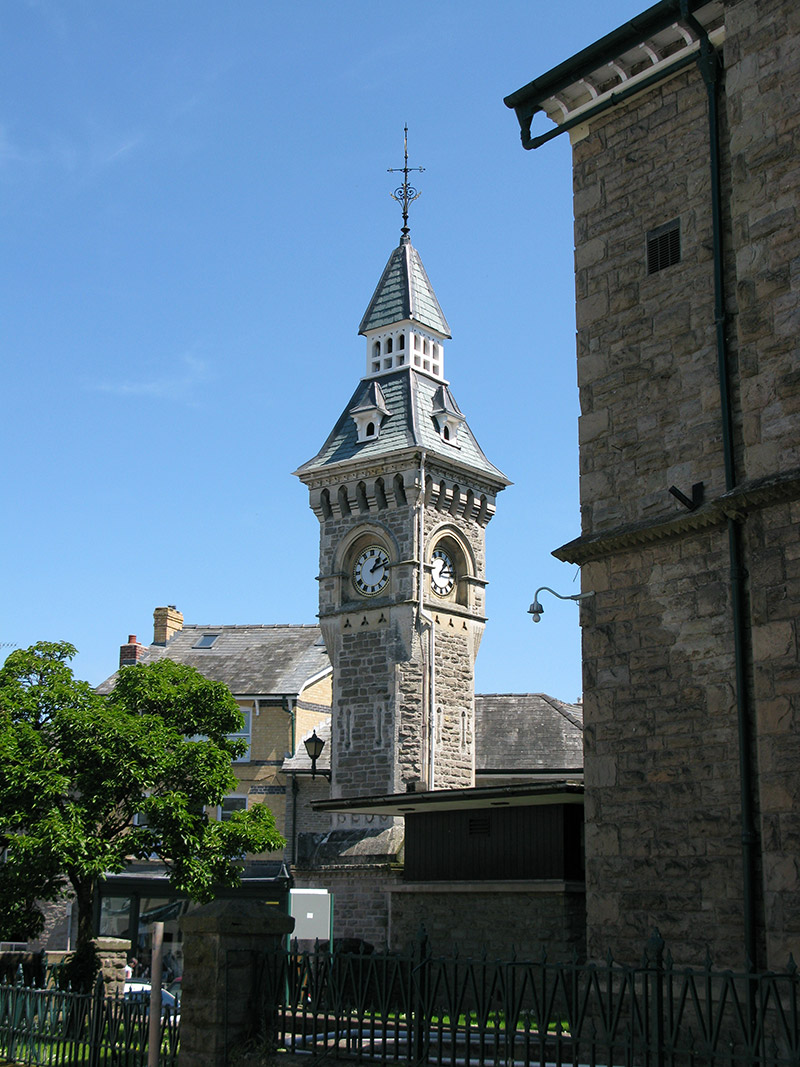Sometime between 1600 and 1650 the Jacobean mansion, set within the Norman walls, was built under the ownership of the Gwynn family of Trecastle but this too fell into disrepair. The 18th and 19th centuries saw a variety of tenants leasing the castle.
During Victorian times it became the residence for the vicars of Hay and Francis Kilvert, curate of Clyro and Victorian diarist, was a frequent visitor there.
In 1971 the castle became the property of Mr Richard Booth, bookseller, during which time the castle, once again, suffered from fire in 1977 (it had also happened in 1939). From Castle Square, in the centre of town, a clear view can be seen of the 13th/14th century doorway and the flight of steps where the jurors for the manorial courts were sworn in.
The medieval town walls were erected in 1236 when a grant was received to fortify the town. There is little trace left of the walls, the three gates or the postern gate for foot passengers. Remains of the ancient wall can be seen when approaching the town on the B4350, Clifford road, occupying the ridge of high ground to the left of Newport Street. Newport, a corruption of Nyporth, meaning 'Water Gate', so called because of the position of the east gate leading down to the river. The walls appear to have continued westward along the high bank of the River Wye and then eastwards towards Castle Street and the Western Gate. It is probable that the third gate occupied a site near the Old Black Lion in Lion Street.
Many of the buildings have been 'rendered', thus hiding their once exposed timber and plaster exteriors.
There are known to have been at least thirty-four public houses in the town at one time. The Three Tuns, in Broad Street, is the oldest and since a recent fire and subsequent complete refurbishment continues. This 16th Century building still has its horse mounting block outside. The colonnaded Buttermarket was erected in 1833 on the site of the Old Market House. There was also a Cheese Market and a China Market, although the latter was just an open space, as well as the usual livestock markets.


